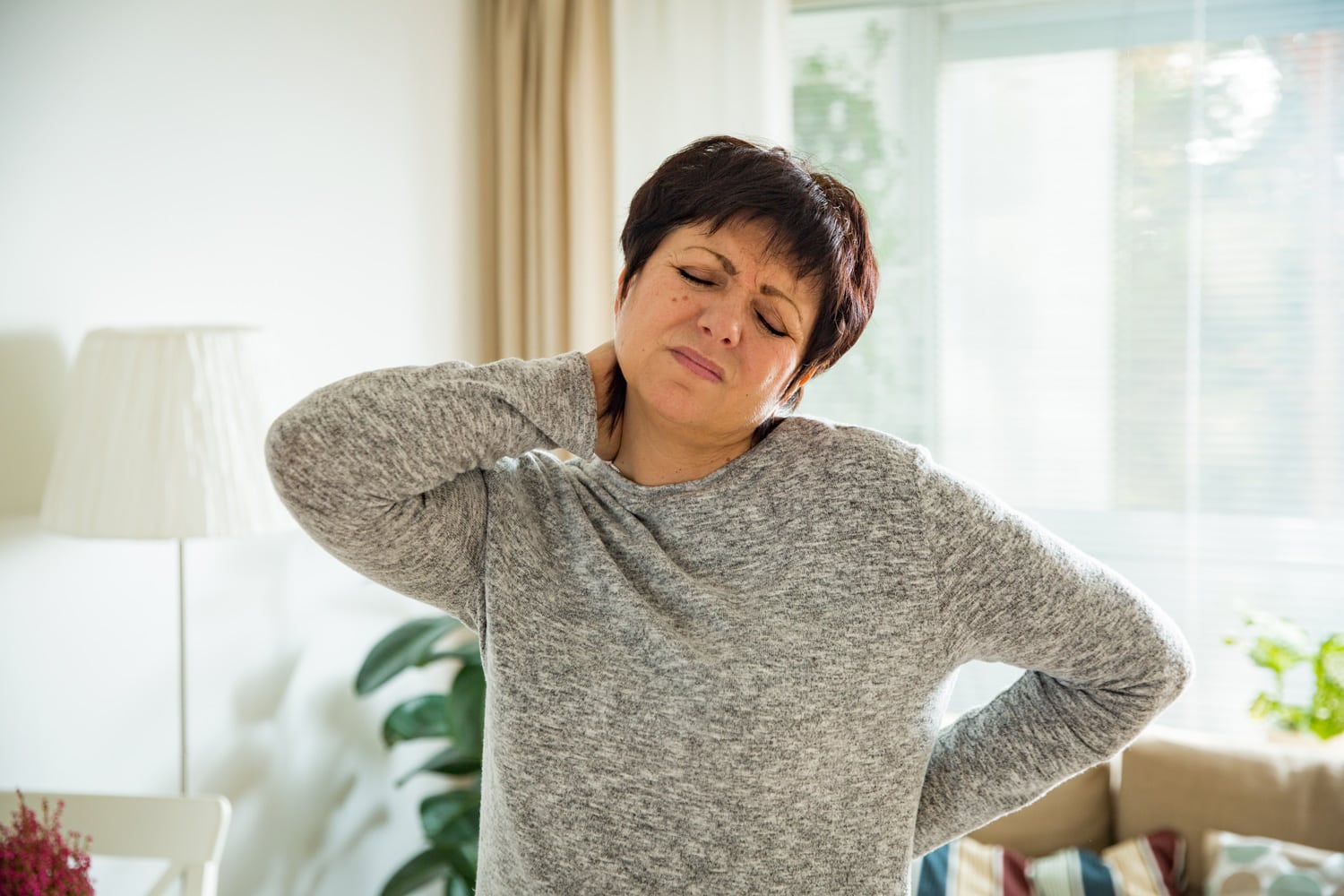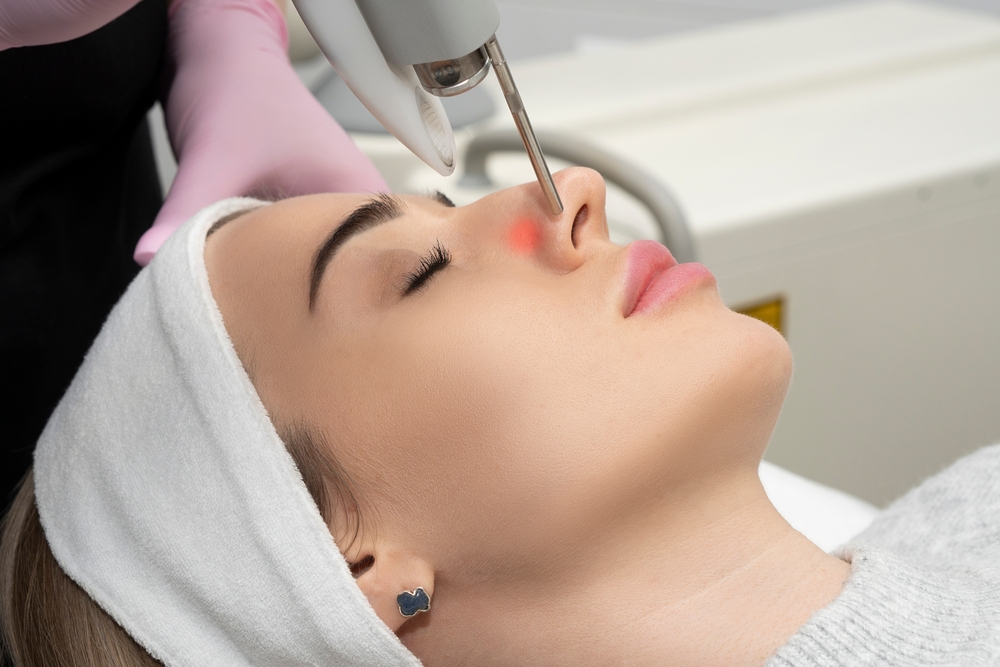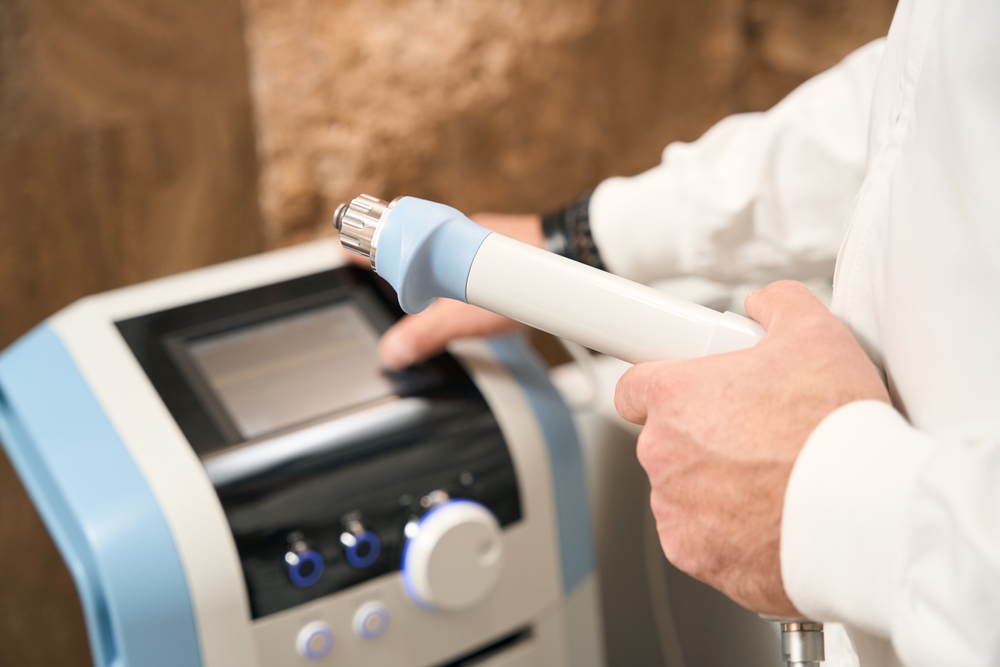If you exercise regularly, they can feel like an accomplishment. If you aren’t so active, you might think that they are a sign that you’ve hurt yourself and you shouldn’t exercise so much.
What can be considered an accomplishment by some and a warning sign by others.
Sore muscles of course. At least the muscles that are sore due to exercise or activity that extends the muscle beyond its usual range of motion or workload.
It’s Really Called Delayed-Onset Muscle Soreness
Just to be clear, we’re not talking about the ‘muscle soreness’ you feel instantly if you twist your ankle. Muscle soreness from exercise or workouts doesn’t usually show up for 24 to 48 hours after exercise. Any pain that’s instant, or felt shortly after your activity, should be considered a potential injury and you should take appropriate steps to treat it.
Everyone can get sore muscles, even elite athletes. It’s perfectly normal and it’s actually a sign that your muscles are growing. That time until the soreness if felt, and to differentiate it from other reasons why you might feel pain in your muscles, is why it’s officially called delayed-onset muscle soreness (DOMS).
Why Your Muscles Feel Sore
When your muscles get extended beyond their normal movement range, or have to do more work, like lifting weights, than they’re accustomed to, it can cause tiny tears in the muscle’s fibres. Those tears are the major cause of the soreness you feel.
Just like when you break a bone and the point at which it heals is larger and stronger than the surrounding bone, your muscle fibres are larger after the tiny tears heal. That’s how your muscles grow.
4 Ways to Treat Sore Muscles
1. Do a Proper Cool Down
If you do something that tires your muscles, you can feel like just flopping on the couch. But that will increase the amount of soreness you feel tomorrow. Instead, after a strenuous workout, try 10 to 20 minutes of low to moderate activity afterwards.
2. Try Cherry Juice
Especially tart cherry juice is packed with antioxidants and anti-inflammatories. But look for low sugar varieties.
3. Use Massage Therapy
One of the reasons your muscles feel sore is due to the release of cytokines, which cause inflammation, after a strenuous workout or activity. Massage therapy not only reduces the production of cytokines, it also stimulates the mitochondria in your muscles cells. That helps cells heal and return to their normal function.
4. Use Heat & Cold
Most of us know to apply a cold compress to reduce swelling on a more serious joint or muscle injury. The small tear in the muscle fibres are like tiny injuries. A combination of applying a cold compress for 20 minutes, followed by applying heat, which opens blood vessels to flush away impurities, for 20 minutes, has been shown to reduce DOMS.
If you regularly workout or are otherwise regularly active, reducing muscle soreness can reduce your downtime too. If your muscles are sore right now contact us here at PinPoint Health and book a massage therapy treatment.





